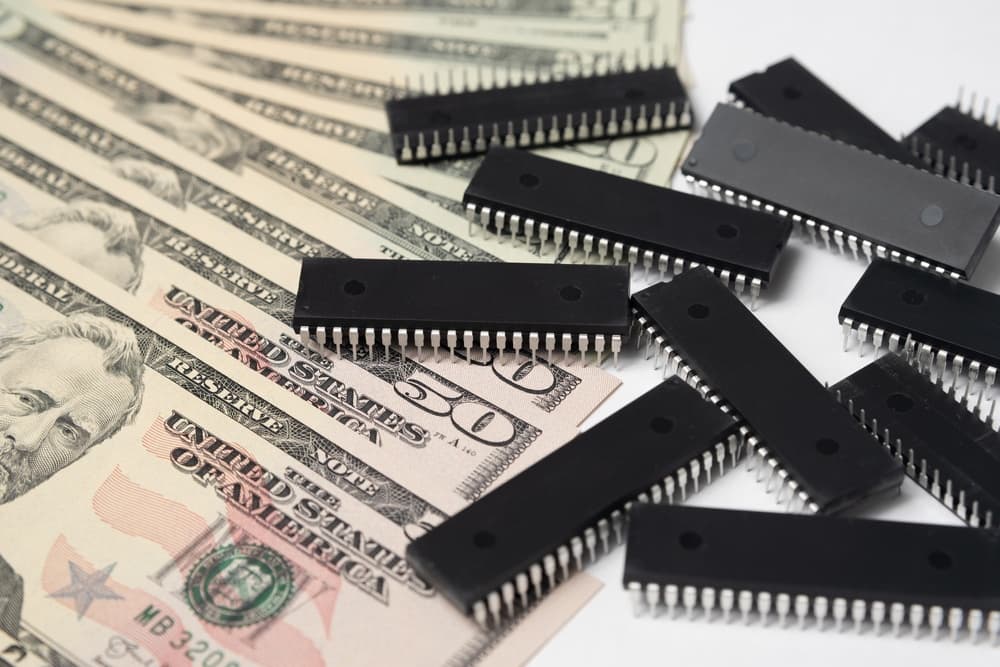
Move over index funds and ETFs, hedge funds have now gone all-in on semiconductor stocks:

Hedge funds now have their highest exposure to semiconductor stocks – ever. (Source: Barchart)
Typically, “hedge funds” are used for portfolio insurance against prevailing trends. Right now, they’re all in on AI chipmakers.
This isn’t a sign of a top all by itself, but we could absolutely add it to our list of features in the Anatomy of a Stock Market Bubble, we detailed last Thursday on Grey Swan Live!
~ Addison
P.S. Thanks to everyone who joined us last week. On Thursday, our Anatomy of a Stock Market Bubble on Grey Swan Live!, allowed us to review several charts and indicators, showing the case for a market bubble.
We followed that up with a quarterly review of our asset allocation strategy and our model portfolio for our annual members on Friday. All told, Andrew Packer and I spent over 2 and a half hours covering the macro environment and our specific investment plays.
This week, we’re back in the saddle with one of our Grey Swan contributors, John Robb.
Details to come, but in the meantime, it’s not too late to sign up and become a full-fledged Grey Swan Investment Fraternity member.
If you have any questions for us about the market, send them our way now to: feedback@greyswanfraternity.



